Fujifilm X-H1 review – in pictures
In-body stabilisation lifts the X-Series to new heights
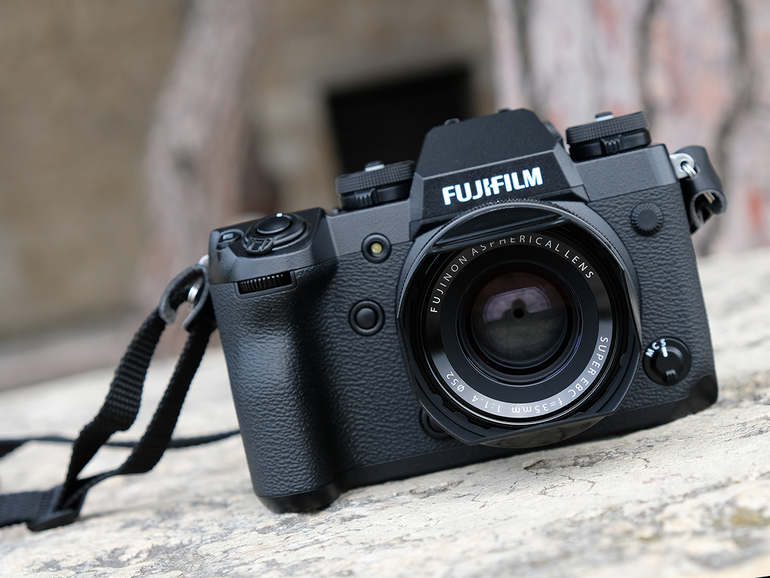
Fujifilm X-H1 review – in pictures
The X-H1 is the best compact system camera Fujifilm has made. By adding in-body image stabilisation (IBIS) into a package that retains the class-leading sensor, distinctive stylish looks and user-friendly control system we already know and love from the X-T2, there was no way Fuji could fail here. And it hasn’t. Only it’s not quite that simple. Because while the X-H1 really is Fuji’s best CSC yet, it also pushes the boundary of what you might reasonably consider to be compact. Does that matter? Well now, there’s the question…
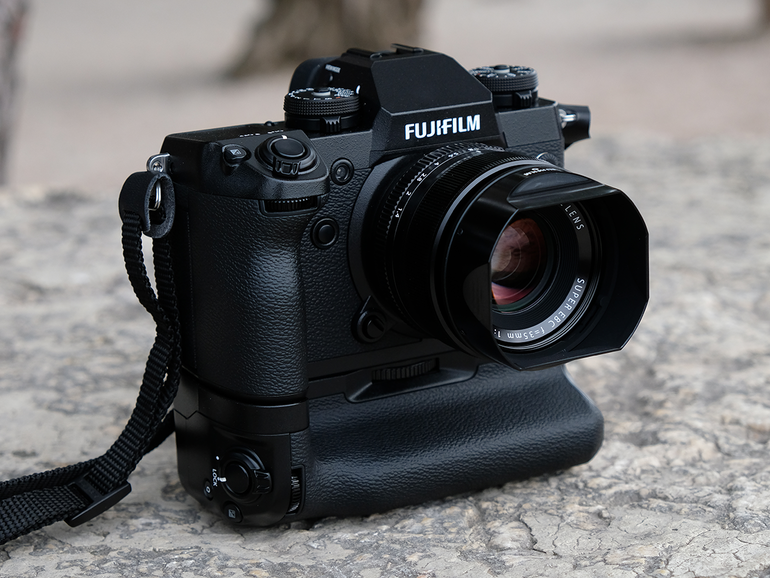
Design: bulked up
The X-H1 is big for a CSC. It’s taller, wider and deeper than the X-T2, with a much larger grip and chunkier prism for the viewfinder. It’s still slightly smaller than most DSLRs – particularly those with the kind of pro features and rugged body you get here, but it’s a different story compared to most other mirrorless cams. It’s bigger, even, than Sony’s new A7 III – and that’s got a full-frame sensor inside it.
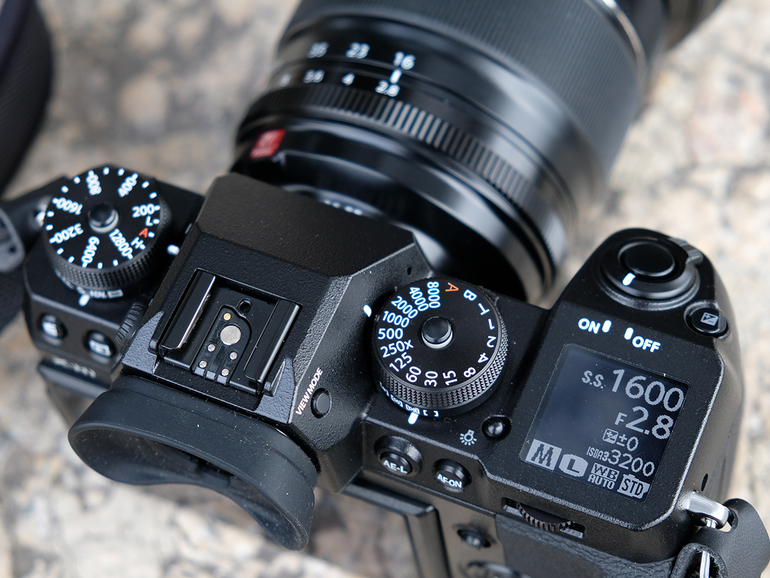
Design: stable stuff
The reason for this sudden growth spurt is simple: it now has to accommodate image stabilisation tech. For most people this will be a worthwhile payoff, but if you’re used to X-Series cameras and value the fact that you can still slip them in a pocket… well, you’re going to need a bigger pocket.
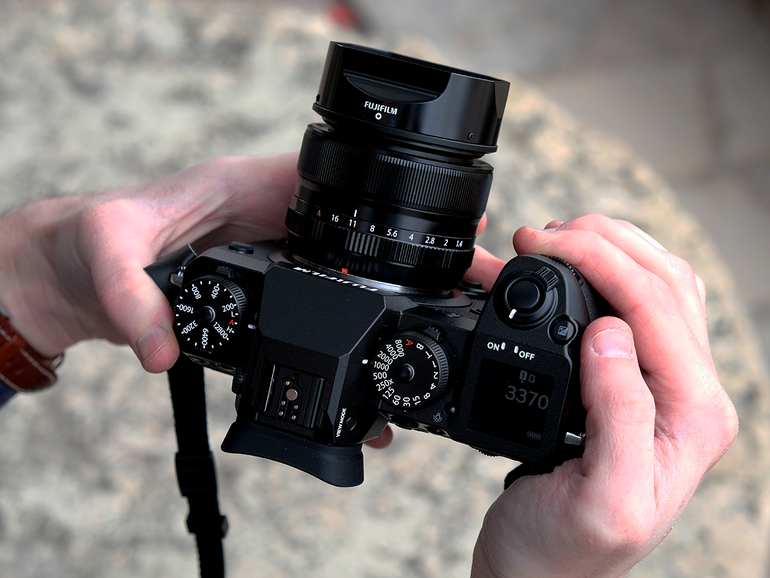
Design: good in the hand
Size aside, the X-H1’s body is a delight. It feels incredibly solid; drop it on to a pavement and you’re probably going to be paying the local council for repairs. Fuji has also upped the weatherproofing from the already impressive X-T2, with 94 seals now present; this is a camera you’ll be able to use in any conditions without fear.
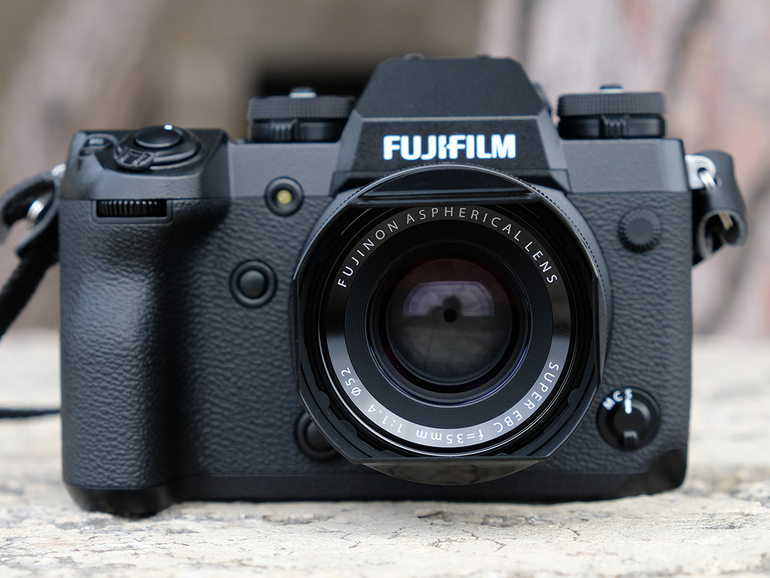
Features: steady shooting
Image stabilisation is clearly the big addition here – and it works brilliantly, letting you shoot handheld at shutter speeds of around 1 second without any visible blurring. It’s also a massive help when composing shots, because it steadies the image in the viewfinder. This is particularly useful when zooming with a long lens and makes it far easier to get focus.
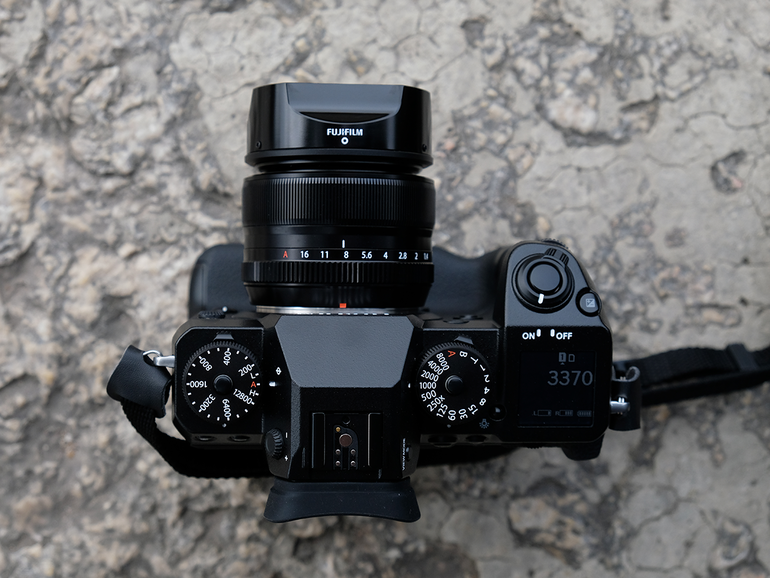
Features: good viewing
The electronic viewfinder has had a tasty upgrade, too, and now has a much higher resolution: 3.69k dots, up from 2.36k on the X-T2. You’ll really notice the difference in use, with images appearing much sharper and smoother. The LCD screen, meanwhile is now of the touchy-feely kind. This is a welcome addition – up to a point. Although great for swiping through and zooming into images, you can’t use it for settings other than in the quick-fire ‘Q’ menu.
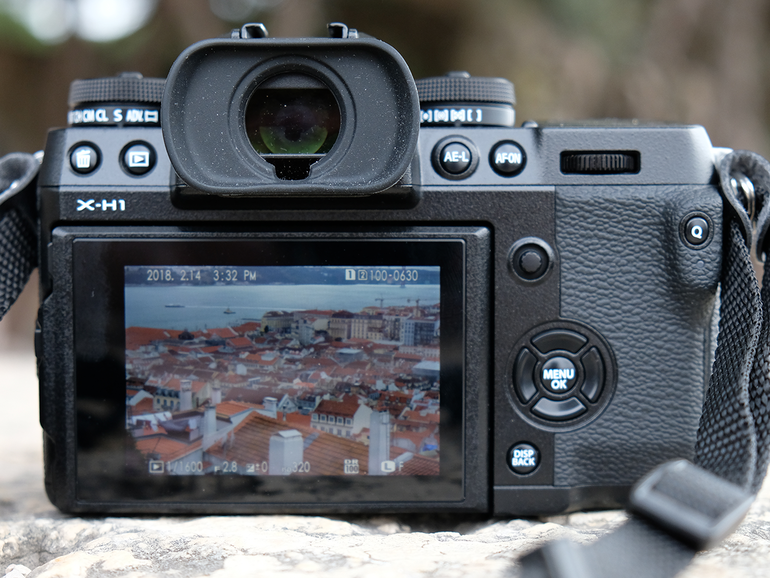
Features: Bluetooth to go
Built-in Bluetooth is a boon, and makes hooking up the camera to a phone far easier. The connection process is still a little on the flaky side – when is it not? – but it’s a lot less likely to leave you flinging your camera across the room in frustration. The Camera Remote app is also much improved these days, and now gives you the option for up to 15-minute exposures; great for timelapses.

Image quality: high-end
Although Fuji is bigging up the video side of things, still images are where the X-H1 really shines. The sensor is unchanged from the X-T2 – the rumoured X-T3 later this year will presumably get an upgrade instead – but who cares when it takes such excellent images? You get 24.3MP and although it’s ‘only’ APS-C, it outperforms plenty of full-frame cameras on many levels.
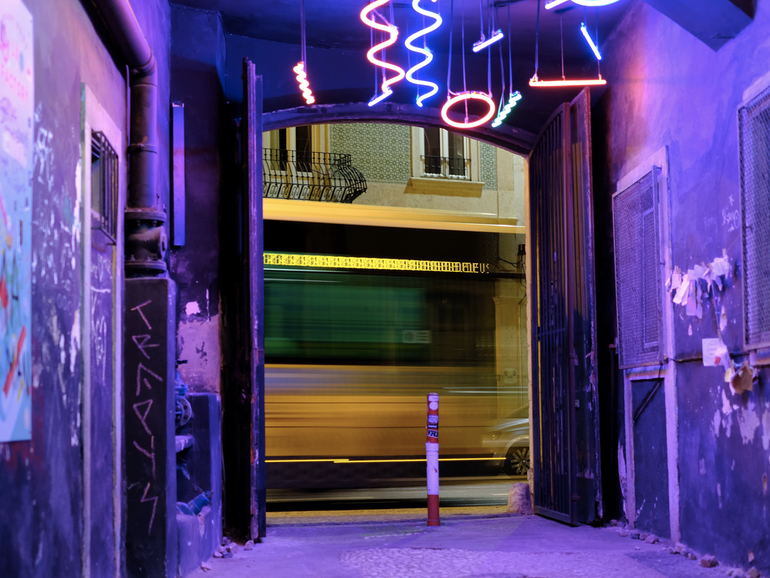
Image quality: spectacular colours
As always, the Fuji colours are spectacularly pleasing, with the X-Trans sensor serving up rich greens in particular. The lovely film simulation modes, including the gorgeous hi-contrast black and white ACROS and the new video-focused ETERNA, are all present and correct too, and give your shots another dimension without ever looking gimmicky.
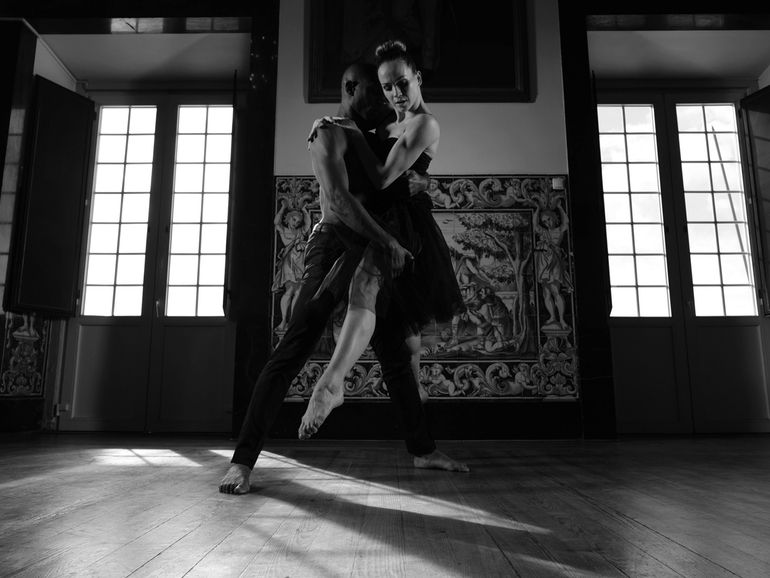
Image quality: low light wizard
Like the X-T2 before it, the X-H1 performs excellently at high ISOs, with ISO 6400 a perfectly usable option; given that the IBIS also allows for longer shutter speeds, and that Fuji makes plenty of fast lenses, you have a tasty recipe for night-time shooting. There’s masses of detail in images, and if you shoot in RAW you can dig up plenty more.
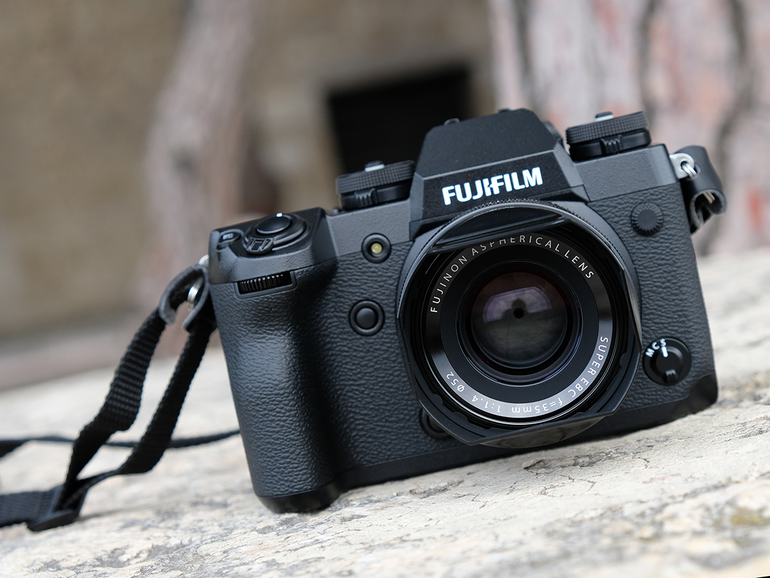
Verdict: proper all-rounder
Fuji has here crafted a wonderful all-rounder that masters almost any situation and could easily last you for years. By adding in-body image stabilisation, Fuji’s created its best CSC yet, while the other upgrades – from the touchscreen to the higher-res viewfinder to the extra video capabilities – are all worth having, if not exactly game-changing. Sure, the payoff for the new tech is a bigger body, but if you’re the kind of photographer who owns several hefty lenses, that won’t bother you.


